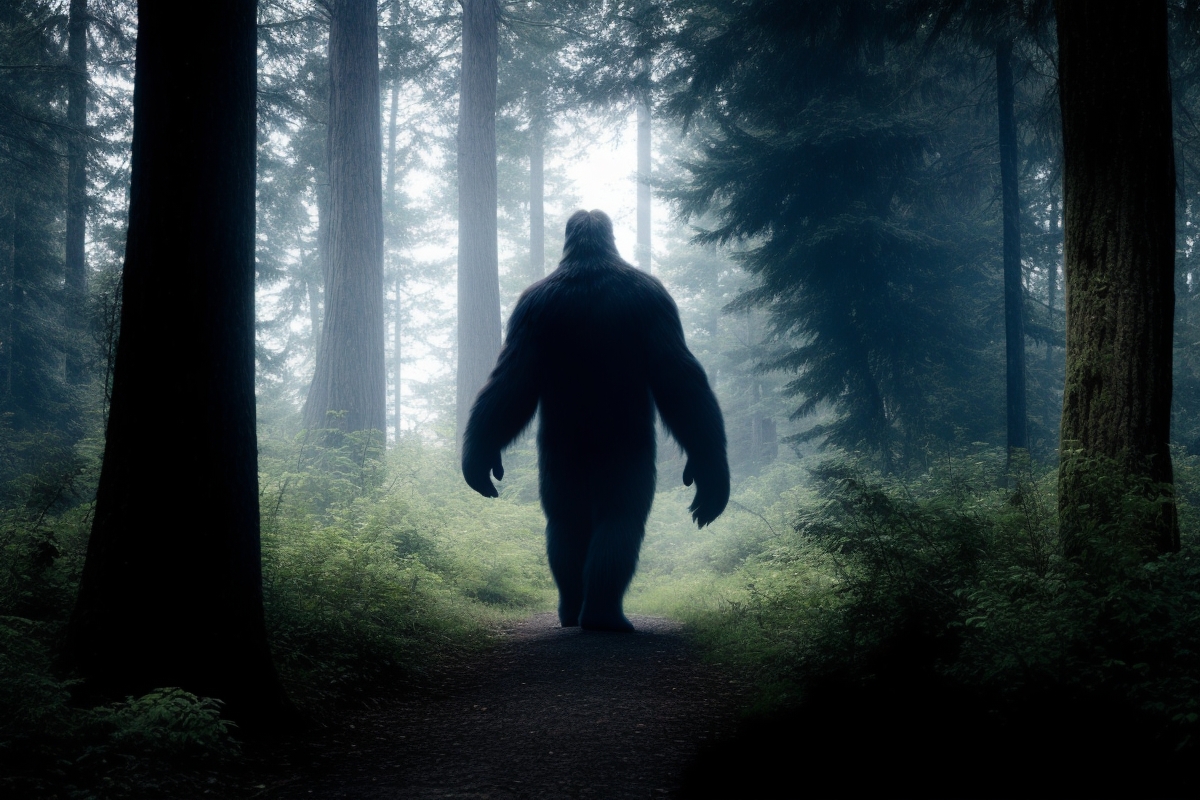

Are you a Bigfoot believer? For some, it may be easy to cast aside the idea that a large, primate-like creature has been roaming North America for ages without being caught in the flesh. For others, the sightings, the large footprints—it just doesn’t add up. How could so many people—including hikers, campers, rangers, and others in the outdoor community—be so very wrong about what they saw?
Videos by Outdoors
Whether you’re a Bigfoot believer or a Bigfoot denier, one thing you can’t deny is that this whole centuries-old debate is incredibly interesting. And that’s why we’ve compiled a list of five things you probably didn’t know about Bigfoot.
5. Bigfoot Is the North American Version of . . . Whatever the Heck It Is
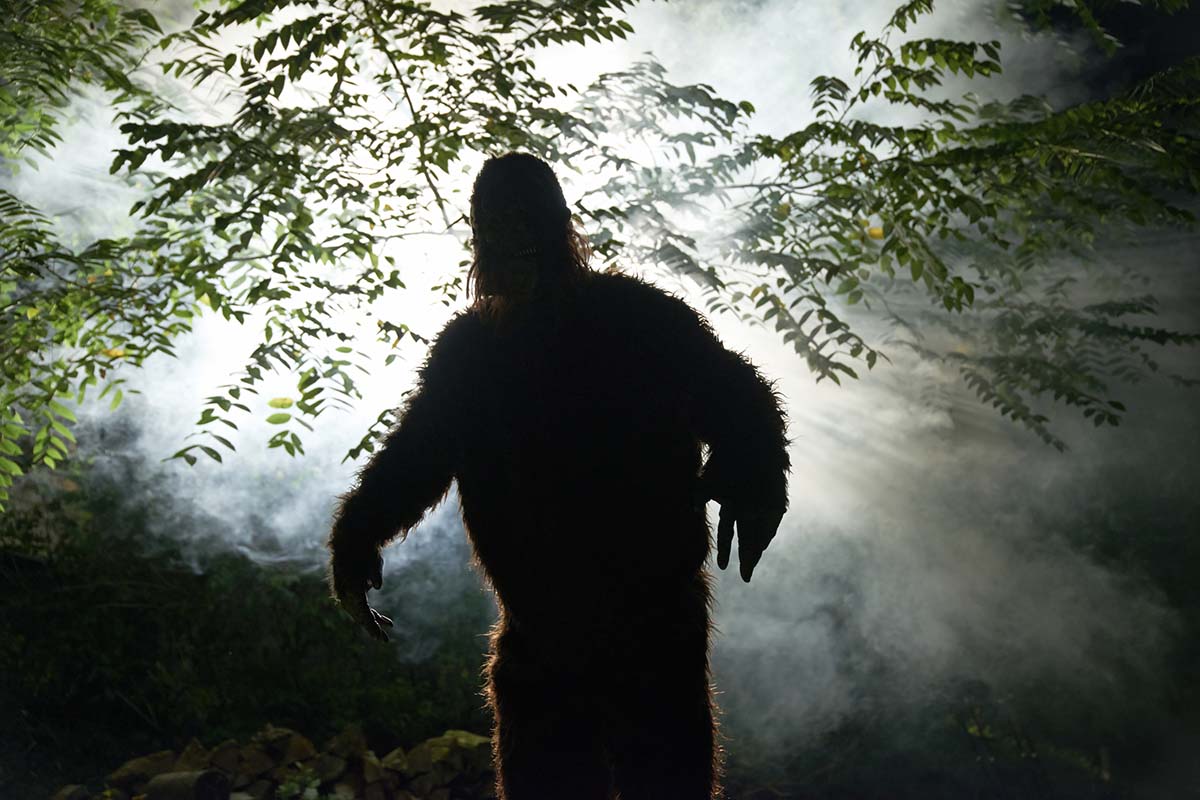
The concept of Bigfoot is rooted in Indigenous legend in North America (particularly the northwestern United States and Canada), and it is related to and intertwined with legends of similar creatures in other parts of the world, like the Yeti of the Himalayas and the Yowie of Australia. Bigfoot is also known as Sasquatch, a word that likely comes from the Salish word Sasq’ets, which translates to “wild man” or “hairy man.”
Most reports suggest Bigfoots are tall, bipedal animals that give off a part-human, part-ape vibe in the way they look and move. Bigfoots leave behind distinctly large but human-esque footprints, and sightings suggest that the forest-dwelling North American varieties have dark brown fur. Some claim Bigfoots could be neanderthals—ancient relics of human history still living undetected in large swaths of untouched wilderness.
The FBI has had a Bigfoot file since the 1970s, which is now declassified and publicly available. In it, you can read about how Bigfoot researcher Peter Byrne sent in some 15 hairs and a bit of skin for analysis. Turns out, the hairs were from a member of the deer family.
4. A Legit Bigfoot Trap Still Exists, and You Can Hike There
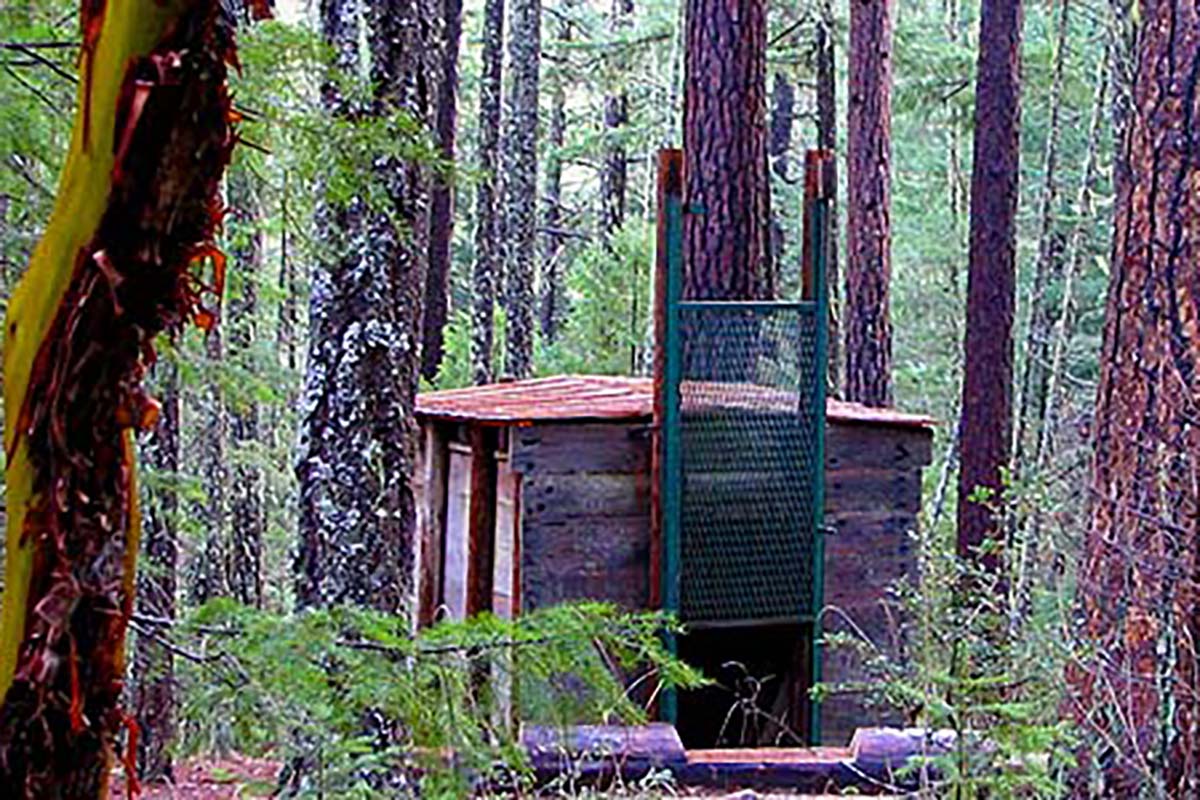
Deep in the heart of American Bigfoot Country, there’s a Bigfoot trap—the only one in the world, according to the U.S. Forest Service. In 1974, an Oregon miner found 18-inch tracks in an area of the Rogue River-Siskiyou National Forest. The creature that left the immense tracks appeared to have a 6-foot-long stride. A team of wildlife researchers built a trap in the area and baited it for six years straight in an attempt to capture Bigfoot, but all they got for their efforts were a couple of hungry bears.
The Bigfoot trap was restored in 2006, and you can still hike there today by taking the Collings Mountain Trail. Besides seeing the Bigfoot trap (and possibly an actual Bigfoot), you can also see Siskiyou Crest, Applegate Lake, old mining tunnels, and an abandoned miners’ cabin.
If you like long-distance hiking and Bigfoot, check out the Bigfoot Trail through the Klamath Mountains of northwest California and southwest Oregon.
3. Bigfoot Is a Protected Species in Areas of Washington State
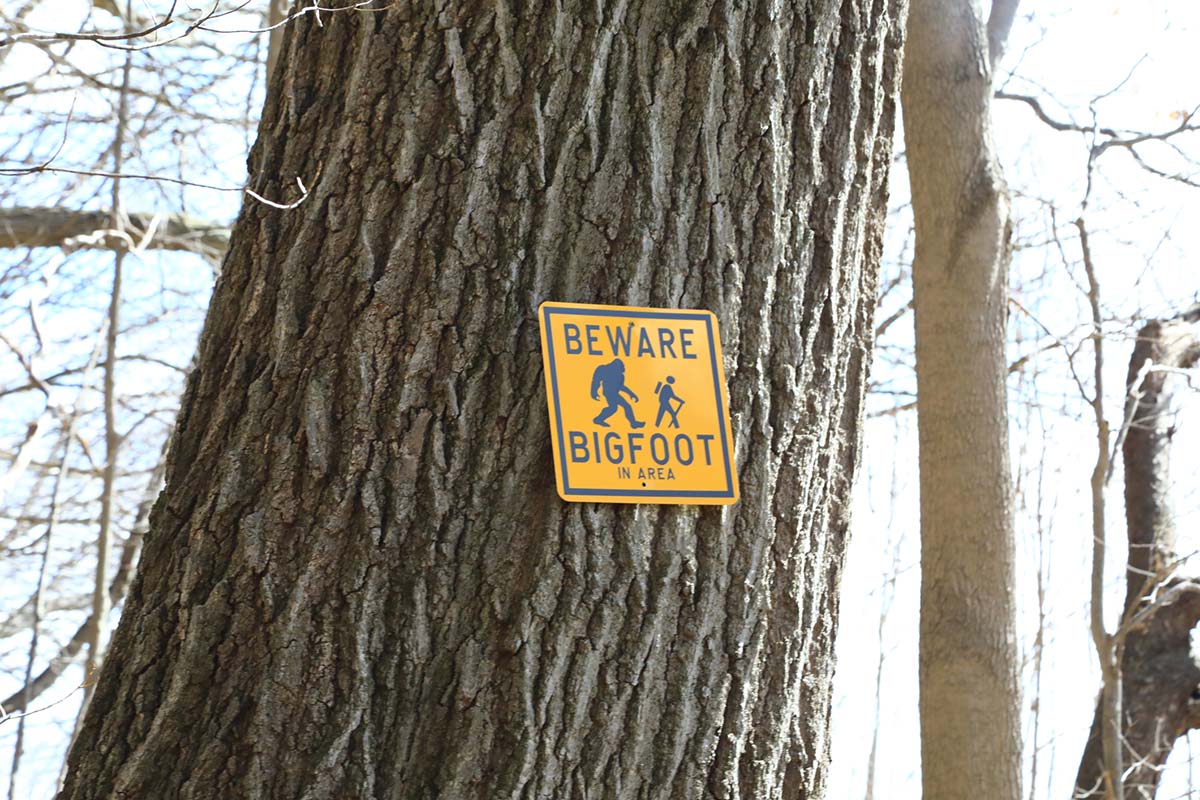
In 2019, a camper in the backcountry of Mammoth Cave National Park fired shots in the middle of the night after seeing what he believed to be a Bigfoot invading his campsite. Turns out, in some parts of the country, it’s actually illegal to shoot Bigfoot, if you were to come across one that wasn’t threatening you.
Whatcom County, a county in the northwestern corner of Washington State, is by law a Sasquatch Protection and Refuge area, thanks to a resolution approved back in June 1992. While the county isn’t exactly claiming Bigfoot irrevocably exists, the resolution says that, “if such a creature exists, it is inadequately protected and in danger of death or injury.”
A similar ordinance from Washington’s Skamania County dates back to 1969. This one says that “any premeditated, wilful and wanton slaying of any such creature shall be deemed a felony.” The punishment for said felony? Up to $10,000 and/or up to five years in jail.
2. Bigfoot May Break the Legs of Its Prey
We like to picture a peaceful Bigfoot foraging for mushrooms and plants, but could the truth be far more fearsome? A google search for Bigfoot’s favorite foods would tell you that these elusive creatures are most likely omnivores—much like bears and humans—and they eat plants like berries and nuts, as well as animals like deer.
Some who are studied in Sasquatch lore believe these creatures have a tell-tale (and rather gruesome) way of hunting, though. Matthew Moneymaker is one such Bigfoot researcher who claimed on Animal Planet’s show Finding Bigfoot that he’s seen evidence of supposed Sasquatches breaking animals’ front legs to immobilize them, leaving them to die, and then coming back later to finish off their meal.
1. Jane Goodall Believes in Bigfoot

Dr. Jane Goodall, the famed chimpanzee researcher, said in an interview that she believes in Bigfoot. So, case closed? In the interview, Goodall responded to a question about whether she believes in any undiscovered large ape species like Bigfoot by saying, “You’ll be amazed for me to tell you that I’m sure they exist. I’ve talked to so many Native Americans who all described the same sounds, [and] two who have seen them.”
Goodall also described herself as a “romantic” who has always wanted to believe these types of creatures exist. If you too are a Bigfoot believer, then, it appears you are in very good company.
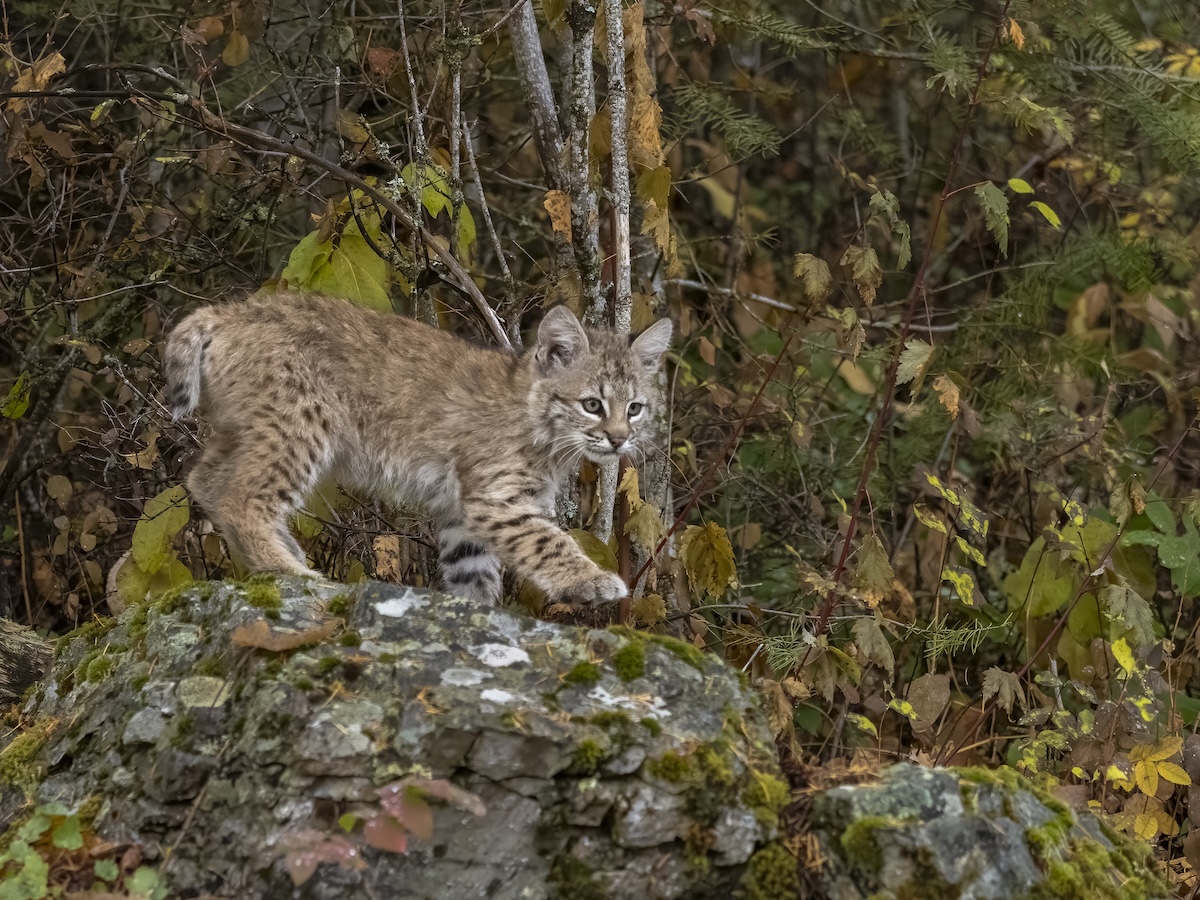
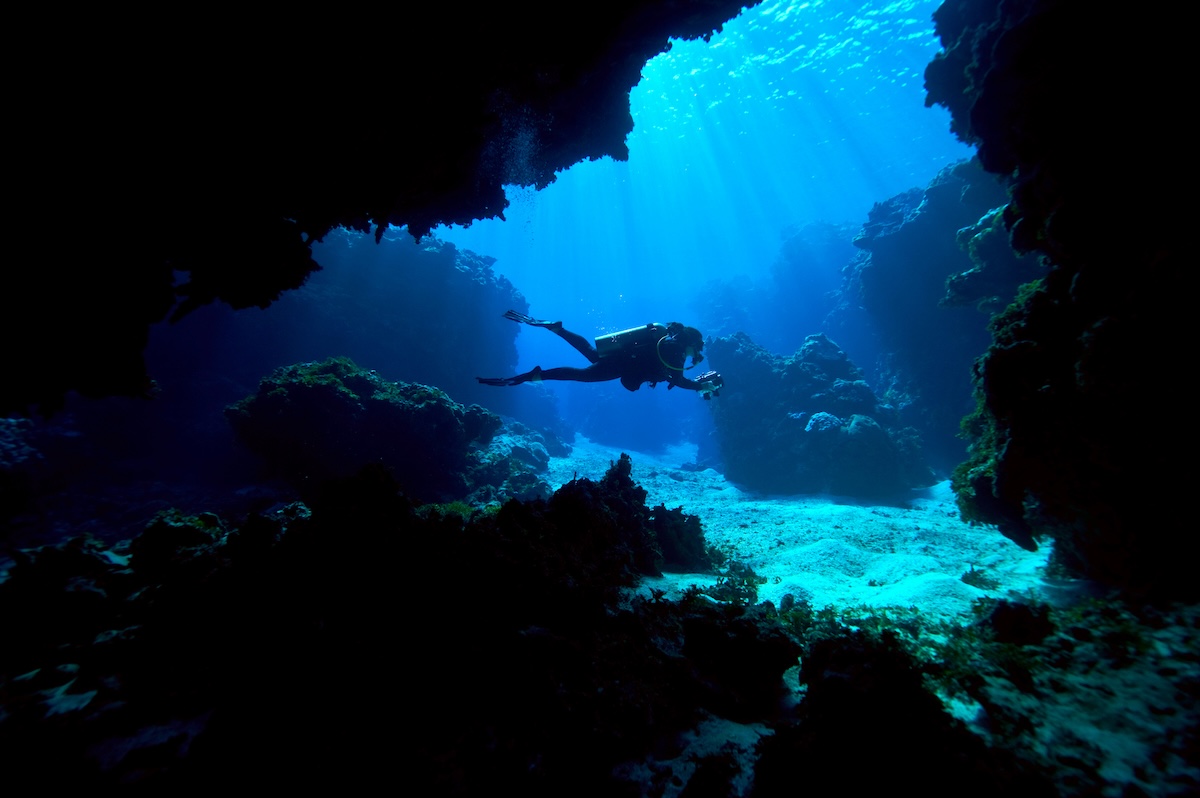

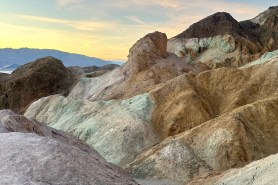
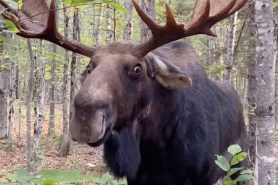

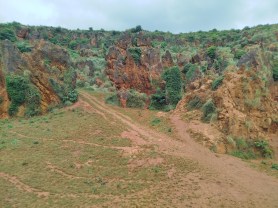
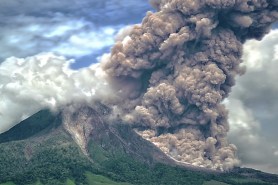
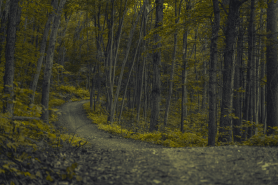

Pingback: Baby Bigfoot Photo Goes Viral, Sparks Debate - Senderismo Total